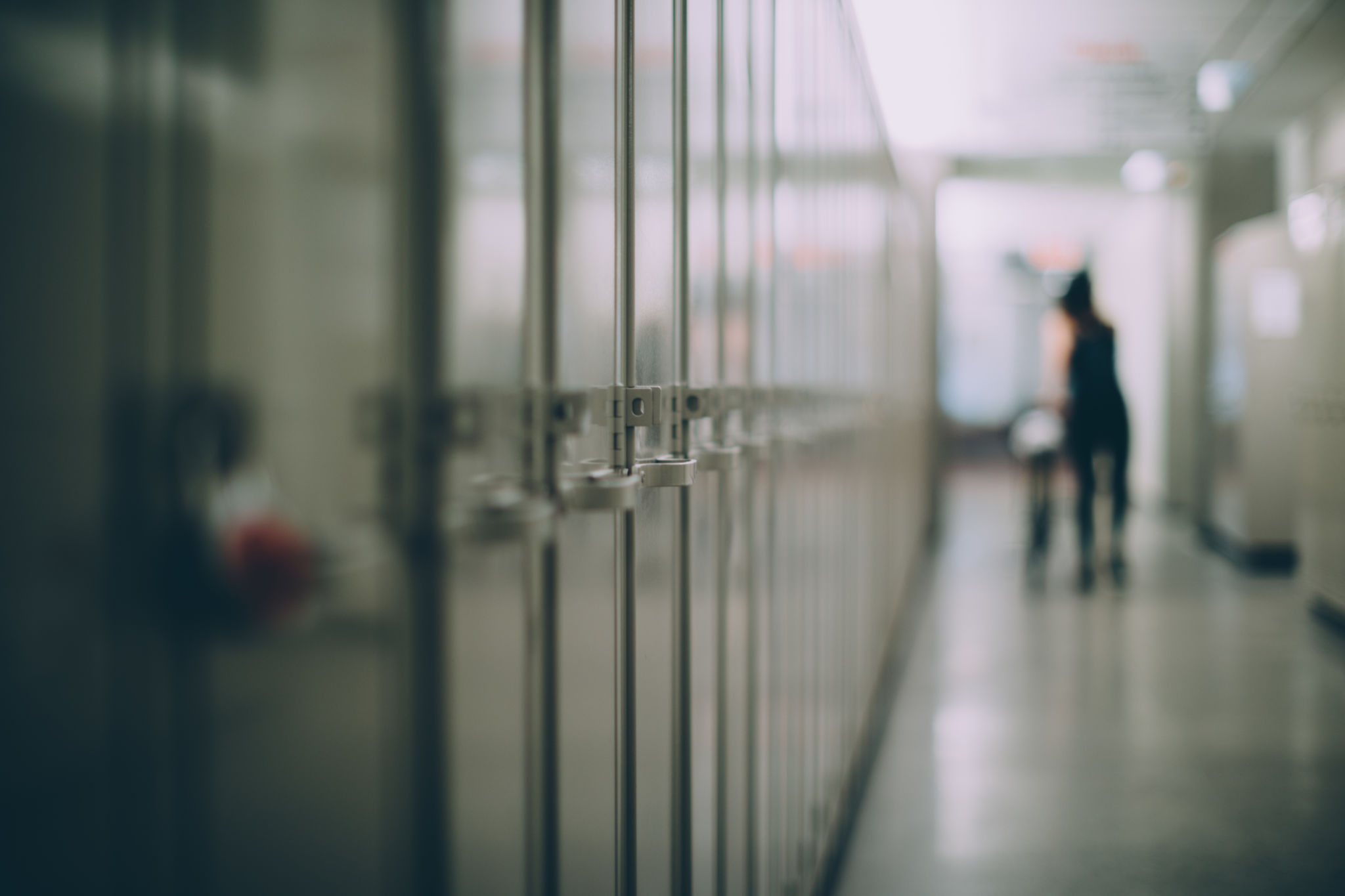The Role of IoT in School Safety: Implementing GPS LoRa Bands for Students
RŞ
The Importance of School Safety
In today's ever-evolving world, ensuring the safety of students within a school environment has become a top priority. With the advent of technology, schools are now able to leverage innovative solutions to enhance their safety protocols. One such technology is the Internet of Things (IoT), which offers a wide range of applications for improving school safety. Among the promising IoT solutions is the implementation of GPS LoRa bands for students.
These bands are designed to provide real-time location tracking, ensuring that students are always accounted for. This technology not only offers peace of mind to parents and educators but also provides a valuable tool for emergency response teams in case of any incidents.

Understanding LoRa Technology
LoRa, which stands for Long Range, is a wireless technology that enables long-range communication at low power consumption. This makes it an ideal choice for applications such as student tracking within schools. The GPS LoRa bands are equipped with sensors that communicate with gateways to provide real-time location data without the need for constant charging.
Unlike traditional GPS devices that can be power-intensive, LoRa technology allows for efficient energy use, enabling the devices to last longer between charges. This is especially beneficial in a school setting where devices need to be operational throughout the day.
Enhancing Student Safety with Real-Time Tracking
The implementation of GPS LoRa bands offers several advantages in terms of student safety. Firstly, it allows for real-time monitoring of student locations, providing immediate alerts if a student leaves a designated area. This is crucial during school hours and field trips, ensuring that students remain within safe boundaries.
In addition, these bands can significantly enhance the school's emergency response capabilities. In the event of an emergency, such as a fire or lockdown situation, school officials can quickly locate students and ensure their safe evacuation or sheltering.

Data Privacy and Security Concerns
While the benefits of GPS LoRa bands are substantial, it's important to address concerns related to data privacy and security. Schools must ensure that the data collected from these devices is securely stored and only accessible to authorized personnel. Implementing robust encryption and access control measures can safeguard student information.
Parents and guardians should be informed about how their children's data will be used and protected. Transparent communication is key to gaining trust and ensuring the successful implementation of this technology.
The Future of IoT in Educational Settings
The integration of IoT in schools goes beyond just safety. It opens up opportunities for creating smarter and more connected learning environments. By leveraging IoT technologies like GPS LoRa bands, schools can enhance not only safety but also operational efficiency.

As IoT continues to evolve, its role in educational settings is likely to expand. The potential applications range from enhancing classroom experiences to improving administrative processes. However, it is crucial for schools to carefully evaluate and implement these technologies to maximize benefits while addressing potential challenges.
Conclusion
Incorporating GPS LoRa bands into school safety protocols represents a significant step forward in leveraging technology for student protection. By providing real-time location tracking, these devices offer an effective solution for monitoring student safety both on campus and during off-site activities.
As schools continue to explore IoT solutions, they must prioritize data privacy and security while fostering transparent communication with parents and guardians. With careful implementation, IoT has the potential to revolutionize school safety and create a more secure educational environment for all students.